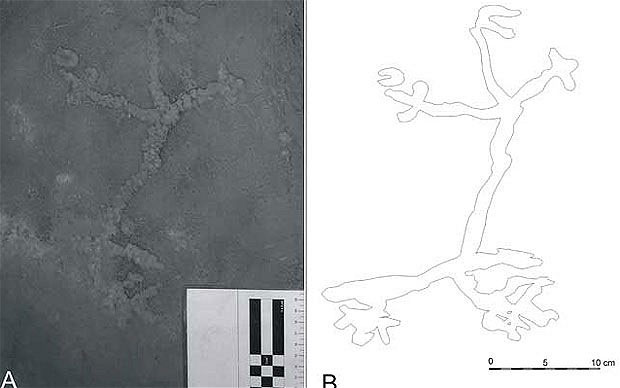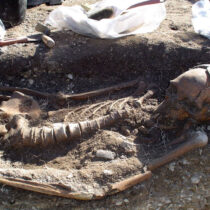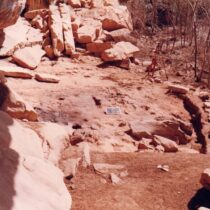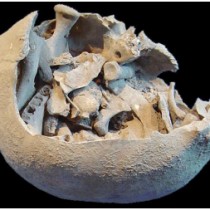The outline of a figure scratched into a cave in Lapa do Santo in central-eastern Brazil is believed to be between 10,000 and 12,000 years and has been dubbed “the horny little man” because of its oversized phallus.
The team of archaeologists from the University of Sao Paulo in Brazil made the discovery during excavations in 2009 but unveiled their findings in this month’s PLoS ONE scientific journal.
“It shows that about 11,000 years ago, there was already a very diverse manifestation of rock art in South America, so man probably arrived in the Americas much earlier than normally is accepted,” explained Walter Alves Neves, the archaeologist and biological anthropologist leading the team.
The figure, which appears to be squatting with his arms outstretched, is about 12 inches tall from head to feet and about 8 inches wide. The phallus is about 2 inches long, about the same length as the man’s left arm.
“The figure, which we named ‘the horny little man’, is probably linked to some kind of fertility ritual,” Mr Neves said.
Carbon dating and other tests of the sediment covering the petroglyph suggest the engraving dates between 10,000 and 12,000 years old – making it the oldest reliably dated example of such rock art found yet in the Americas.





